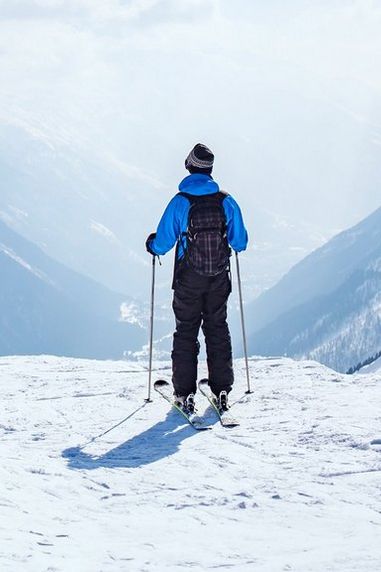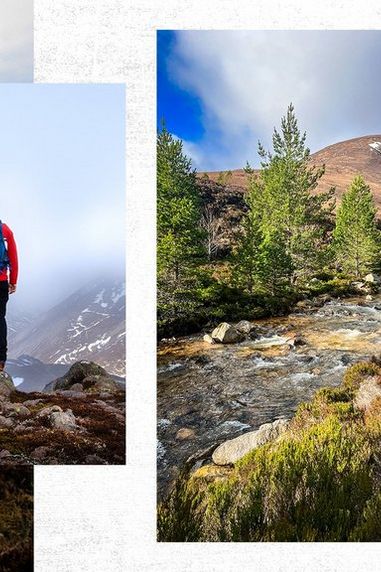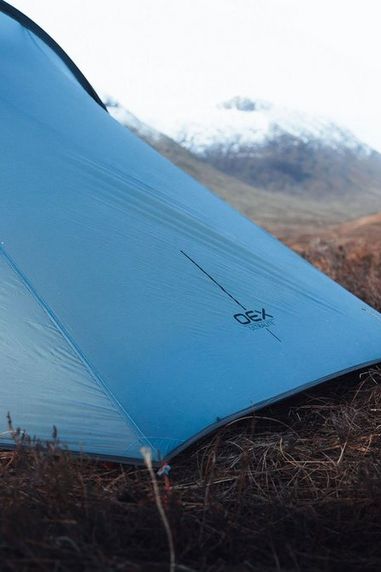Just because the weather’s turned doesn’t mean there’s any less reason to enjoy the great outdoors. Here are our top ten tips to make the most of the cold weather, and do so safely.
1. Don’t go it alone
It’s nice to get some headspace from time to time, and where better to do it than a quiet mountainside? However, as the dark nights and cool temperatures roll in, it’s a good idea not to be on your own. If you don’t have a hiking buddy to hand and decide to go it alone, tell someone where you’re going, what time you plan to be back, and even pass on a copy of your route. If you get lost or trouble strikes, you’ll have a home contact to aid you.2. Light it up
The key message in cold weather walking is to be over-prepared. You might not plan on staying out when the sun goes down, but it’s easy to lose track of time or go off course in unfamiliar terrain. Taking a torch, or even better, a head torch can help direct the way massively in dwindling winter light. When picking a source of light, it's important to look for the number of lumens the torch can provide. Simply put, lumens is a measure of how bright a torch can go, the higher the lumen count, the brighter the torch. It's also important to consider the beam length of a torch, for winter walking I'd recommend something with a substantial length to see further into the distance.

3. Take a mobile
Most of us carry a mobile phone nowadays, but you might be tempted to leave it in the car in heavy rain or adverse conditions to avoid any damage. Protect your tech with a waterproof case and ensure you can call for help, or send an update should you need to. Most waterproof cases come with a lanyard or carabiner for secure storage too.
4. Layer up
It goes without saying that you’ll need extra layers to combat the cold, even if you’re layered up it’s always worth taking a few more spares in your rucksack. Baselayers are always a good call, and remember to wear clothes made from wicking materials. Wicking materials draw any sweat away from your skin and dry faster, reducing the impact of you getting cold. Don’t forget your extremities too, you lose heat from your head, hands and feet the fastest, so be sure to pack extra gloves, socks, and a hat.

5. Check the weather forecast
We all know how temperamental British weather can be; check the forecast and look for weather warnings regularly leading up to your hike. A cosy day in front of the TV beats severe conditions on top of a peak any day.
6. Don't be afraid of extreme equipment
Here in the UK, we’re pretty lucky that extreme weather conditions don’t hit the British Isles too often, but as you hike higher and further into the winter months you’ll encounter heavy rain, snow and ice. Become accustomed on how to use crampons and an ice axe, they’re both helpful tools to provide grip and stability if you come across frozen facades on your hike. Similarly, in deep snow, snowshoes and gaiters will become your best friend. Gaiters will remove the risk of deep snow entering your boots and snowshoes will increase your traction and also stop you sinking further into the snow.

7. Food is fuel
As I’ve already mentioned, it’s hugely important to be over-prepared. As with any hike, you need to take enough food and snacks for the day ahead, especially in winter as you'll burn more calories as your body tries to stay warm. Always take spare sugary or carb-heavy snacks – they’ll come in handy if you come into trouble, or need an energy boost. A winter companion you won’t regret having is a flask, flasks avoid you having to stop to heat up food or drinks and become cold. Should you find yourself struggling with the lack of heat a warm drink on the hillside puts that well needed spring back in your step.
8. Protect yourself from the sun
Sun might be the last thing you think of when it comes to winter hikes, but it’s still a potential hazard. Every thousand feet you travel above sea level your exposure to UV also increases. Along with the increasing UV levels by height, UV exposure is also amplified when it reflects off snow. Protect yourself by covering up, using sunglasses to defend your eyes and apply sun cream throughout the day.

9. Have basic first aid knowledge (and a first aid kit)
It’s good practice to always carry a basic first aid kit with you regardless of the season, and even more so in winter. Tricky conditions mean if you have an incident on the hill then help could be delayed in getting to you. Having some basic first aid knowledge means you can tend to any immediate injuries until the appropriate help arrives.
10. Take a map
Another tip (which is useful regardless of the season) is to take a map with you. You could be on a route you’ve walked hundreds of times, or have an electronic GPS to follow, but low visibility conditions and a dead battery could leave you high and dry. Having a physical paper map to follow, as either your primary means of navigation or a backup, means you can find your way back if all else fails.

Get ready for the cold weather with our selection of winter essentials.



